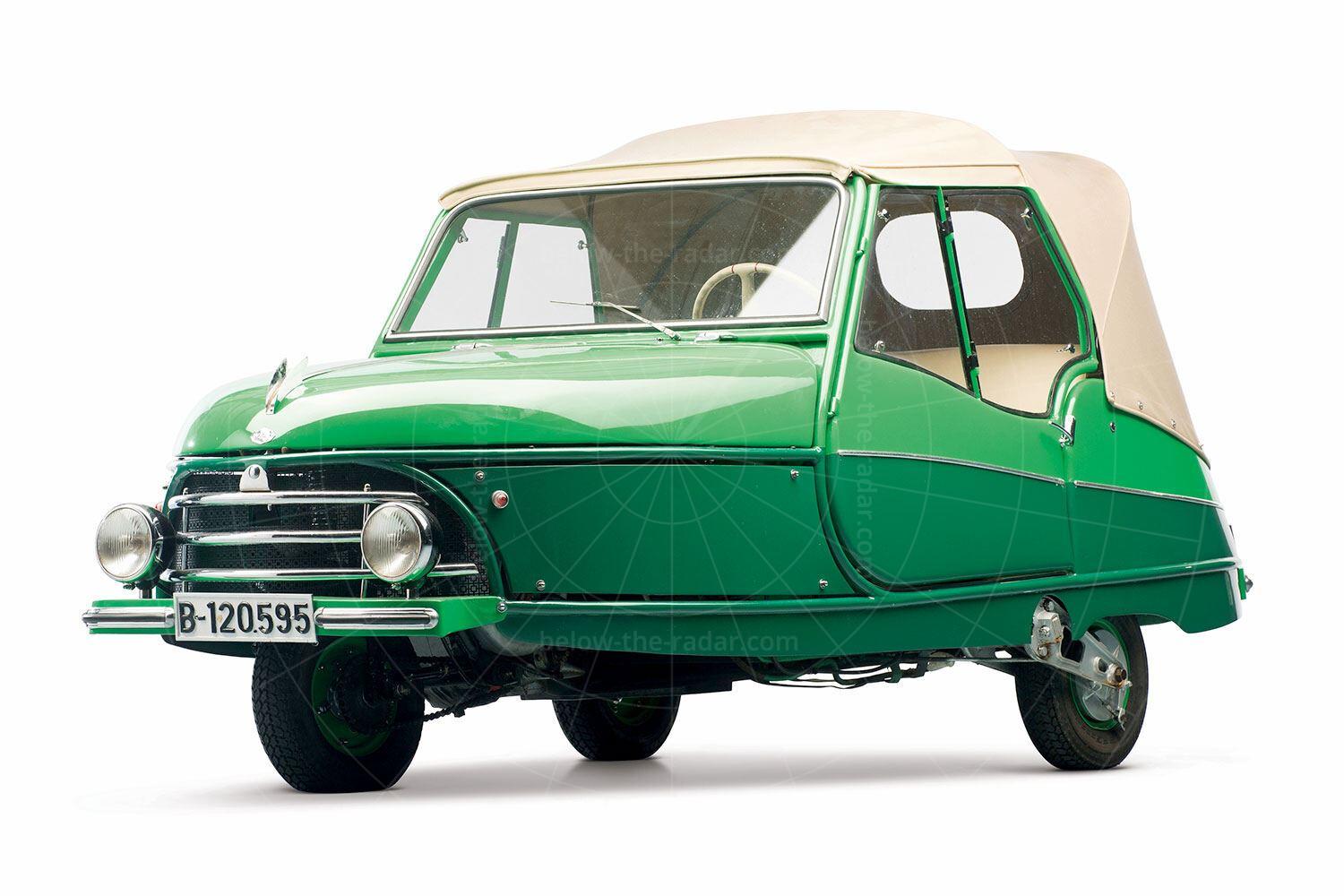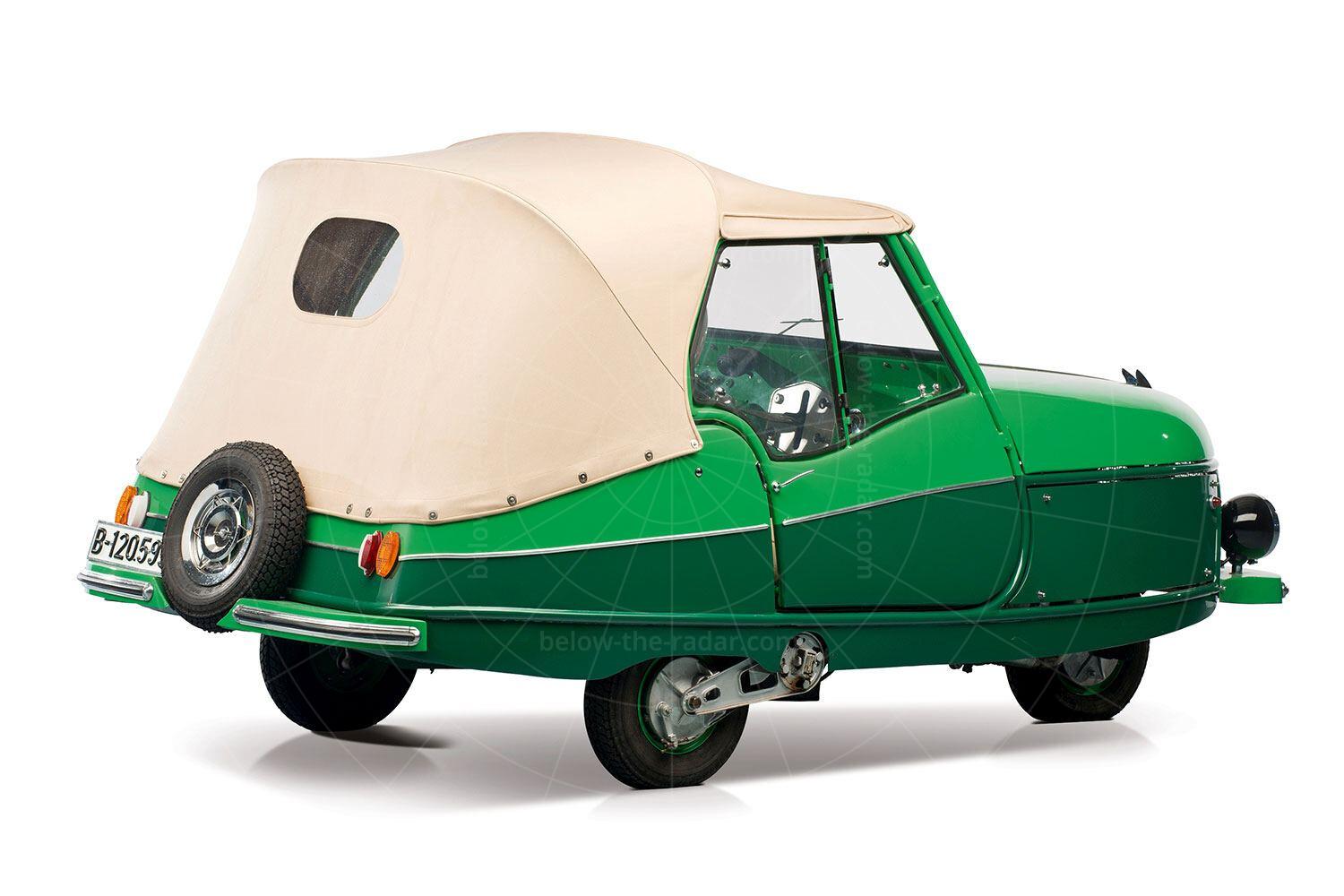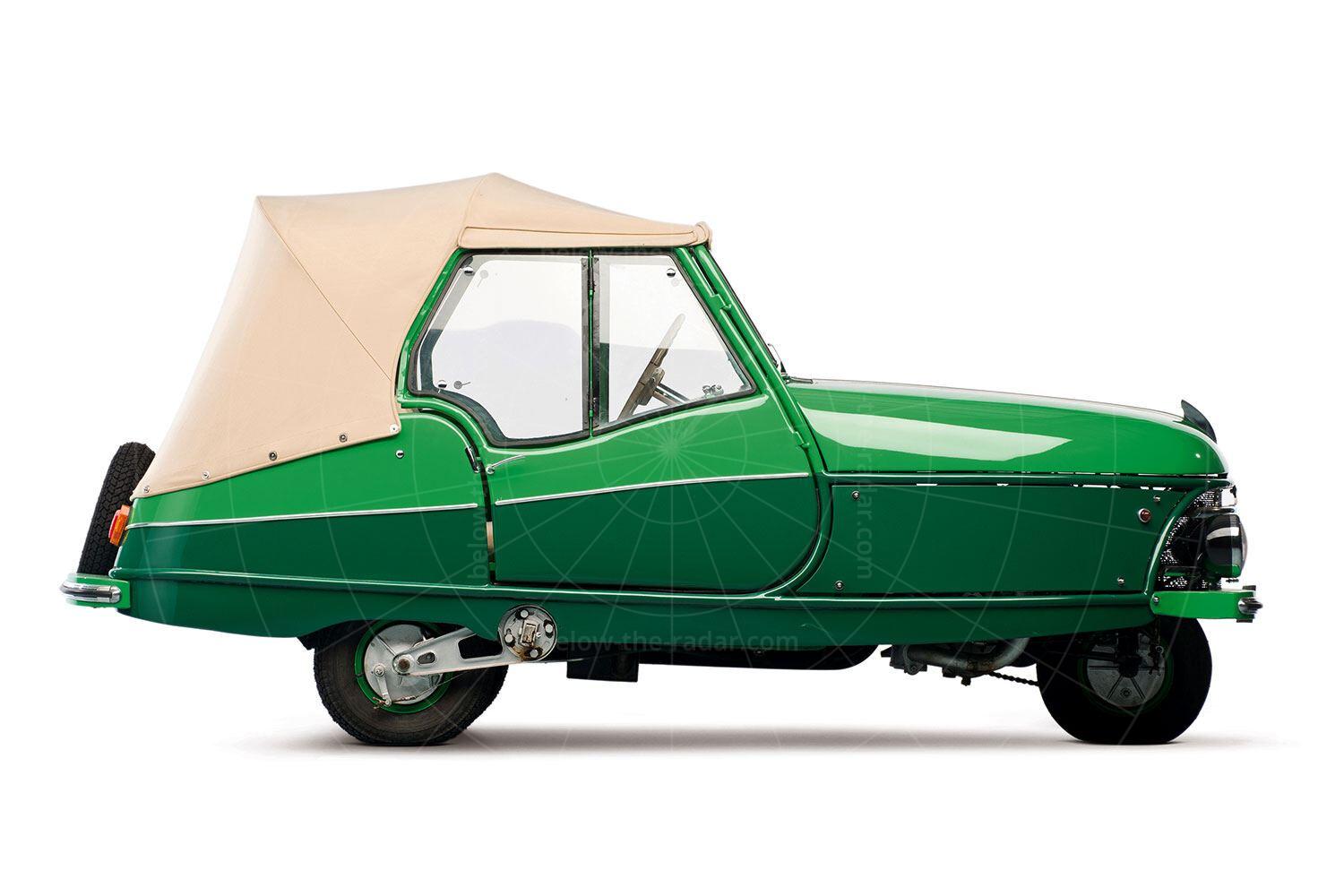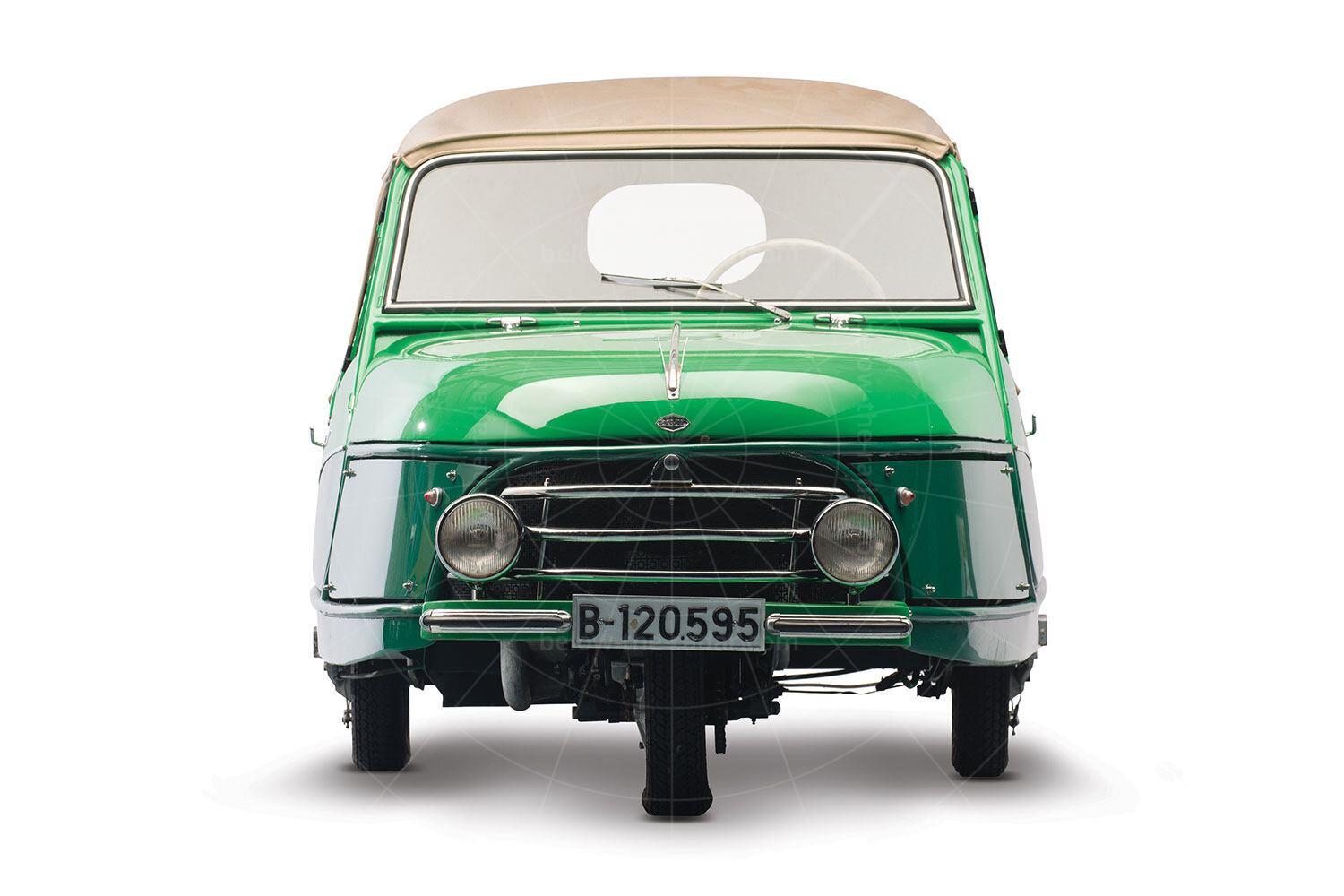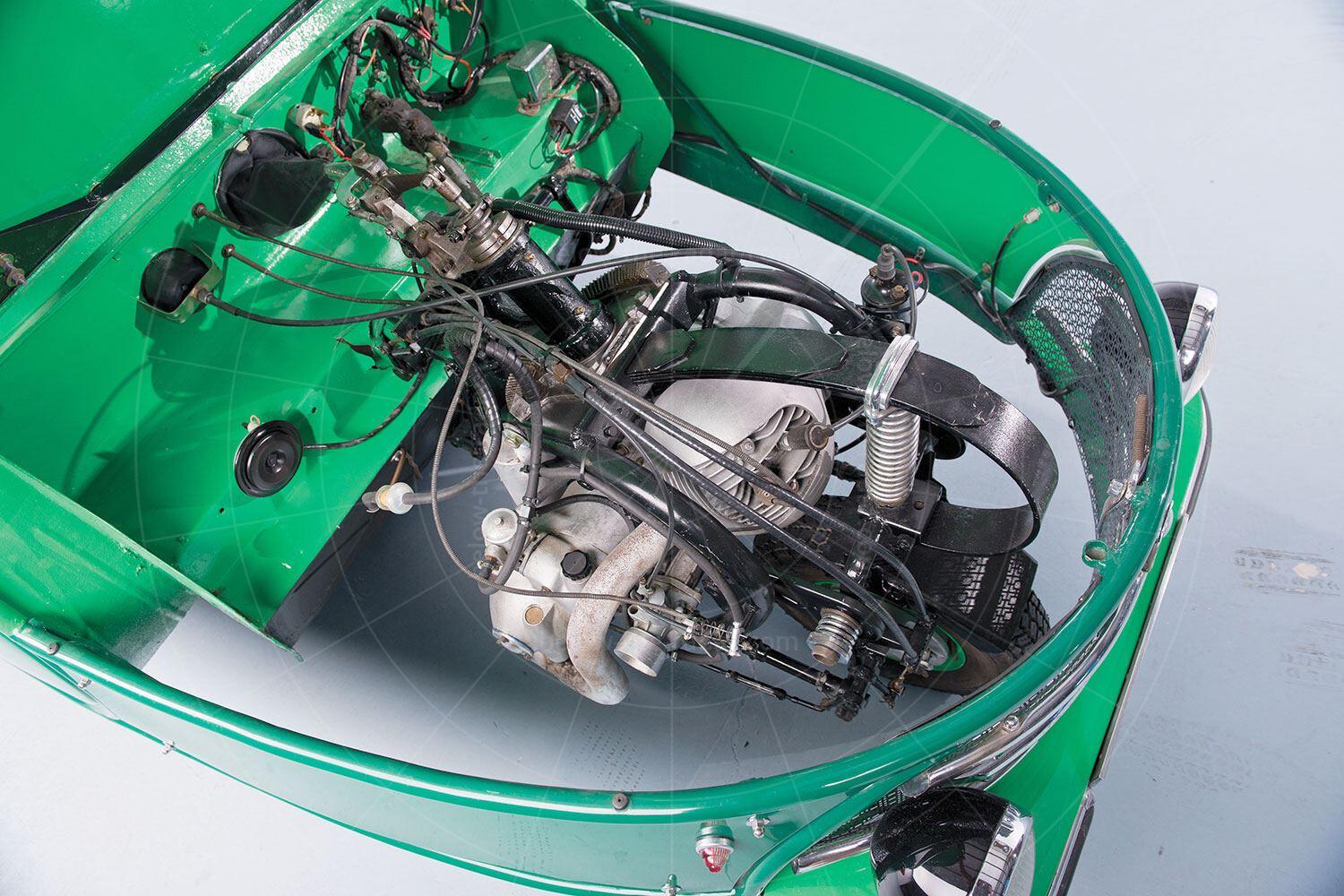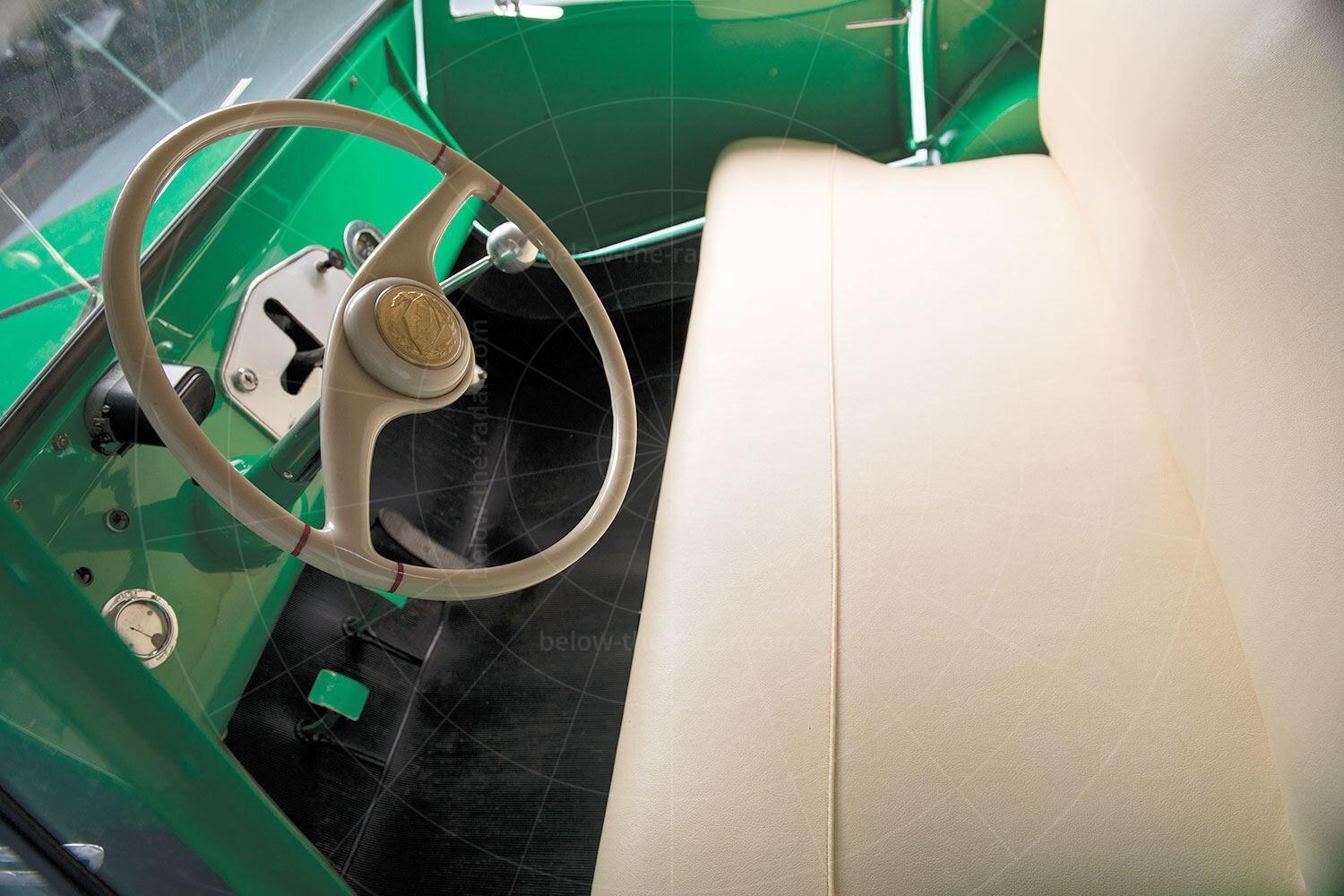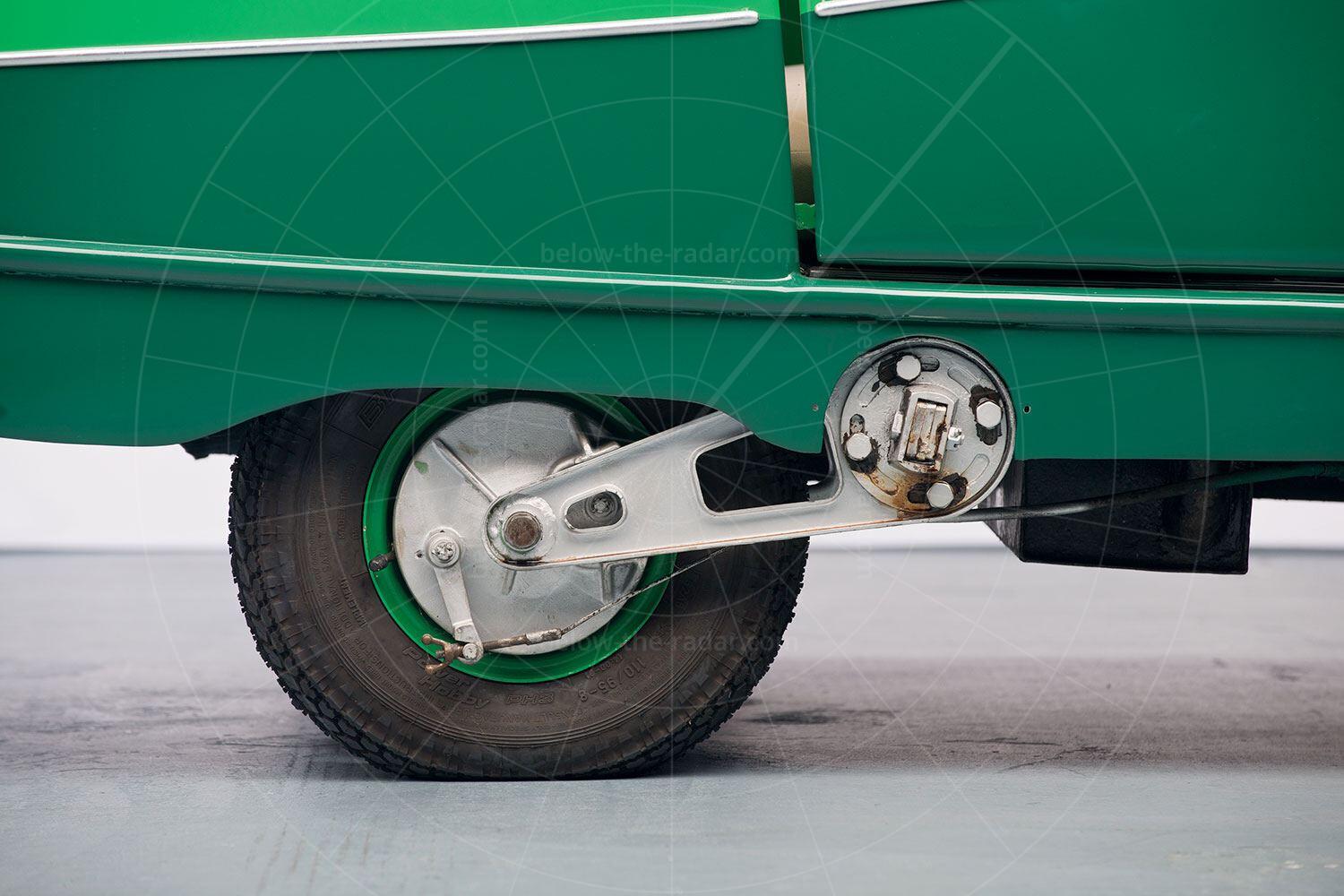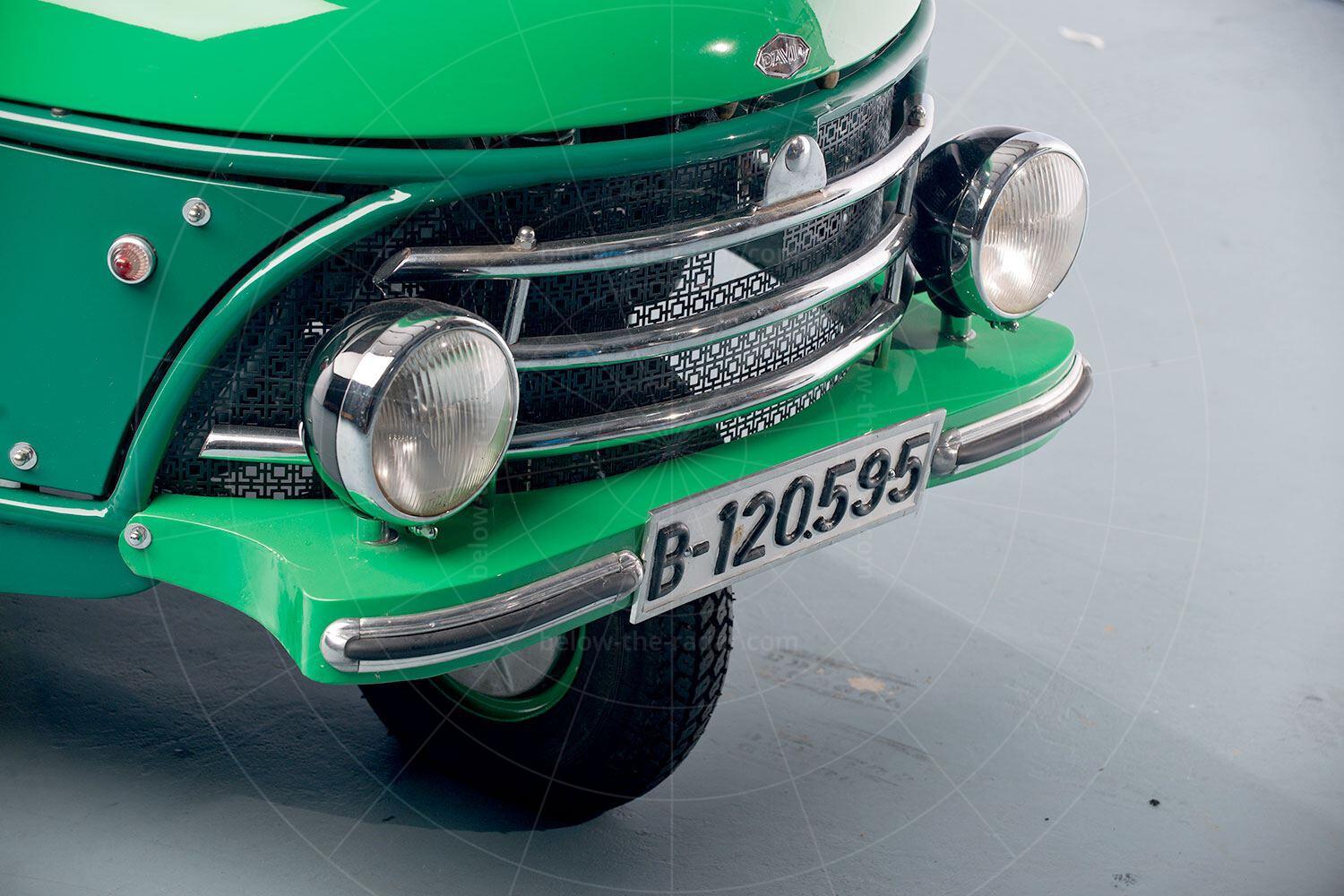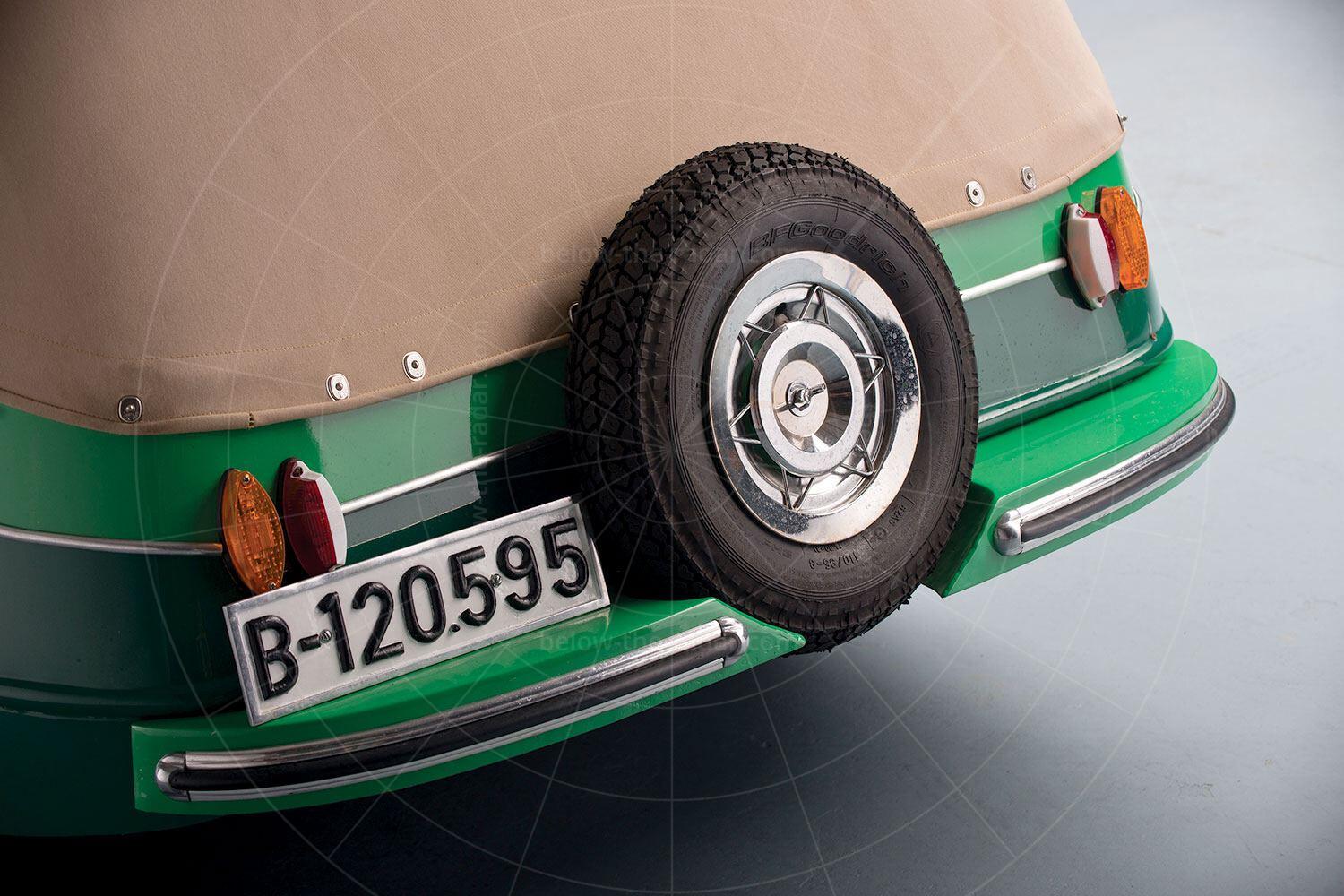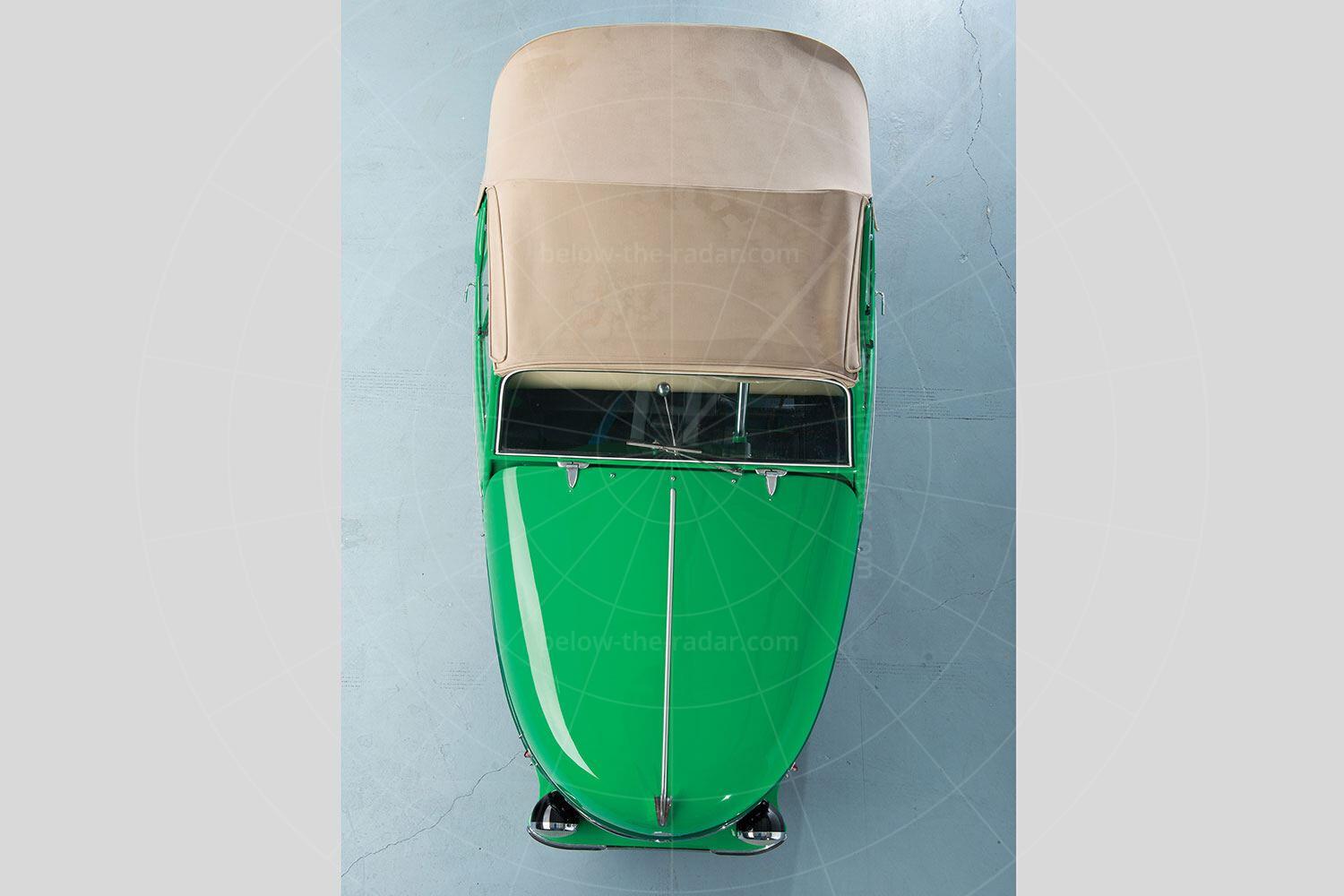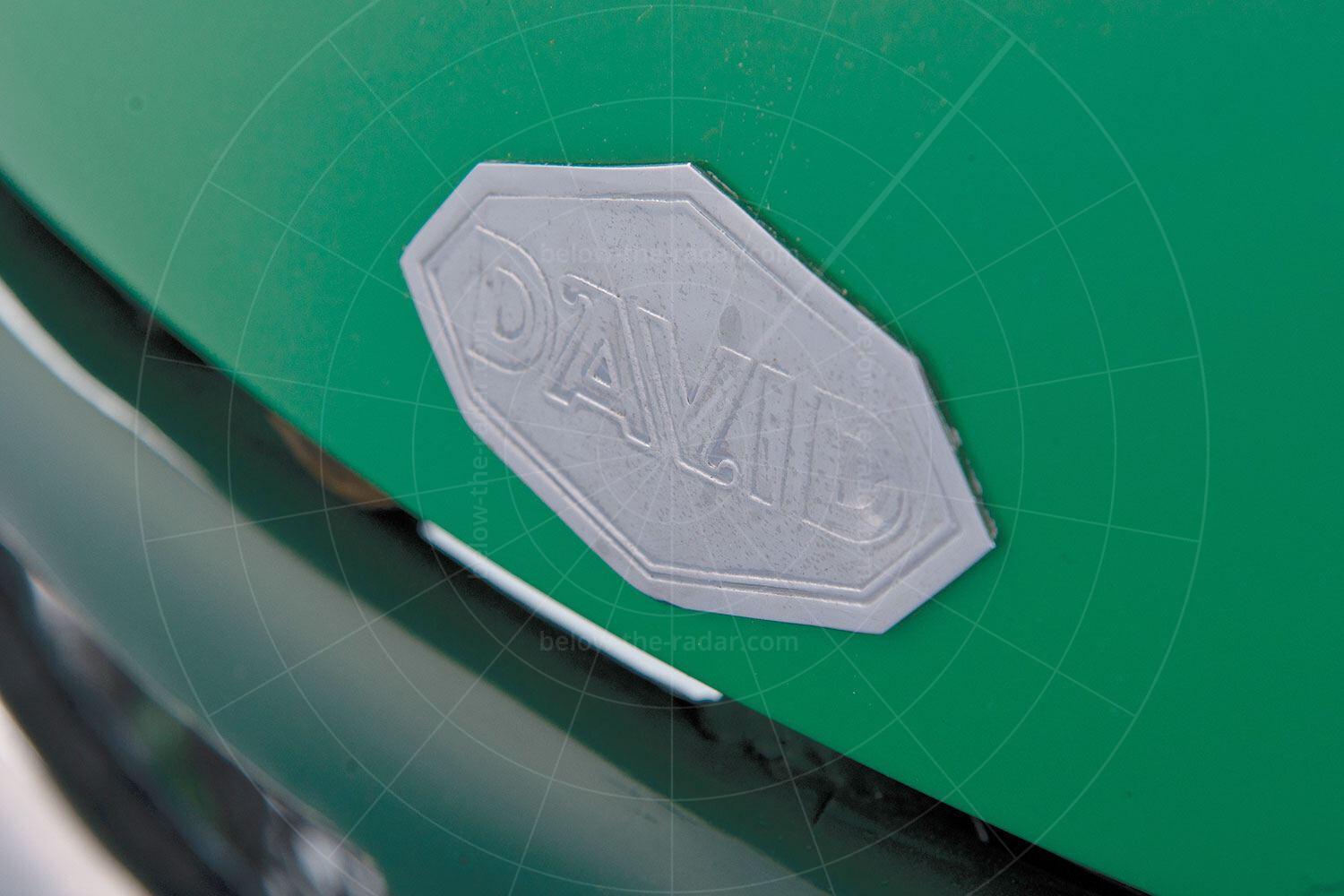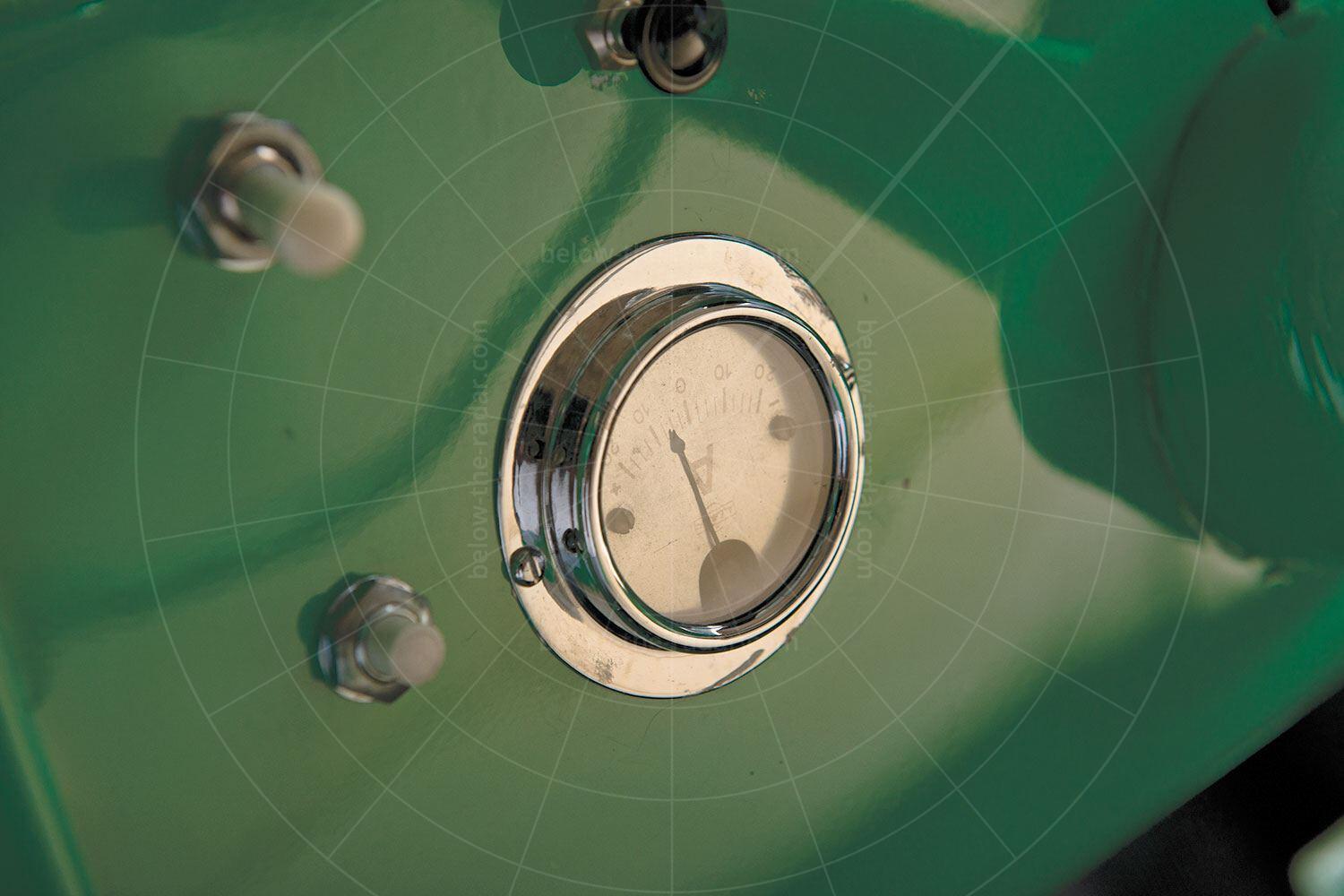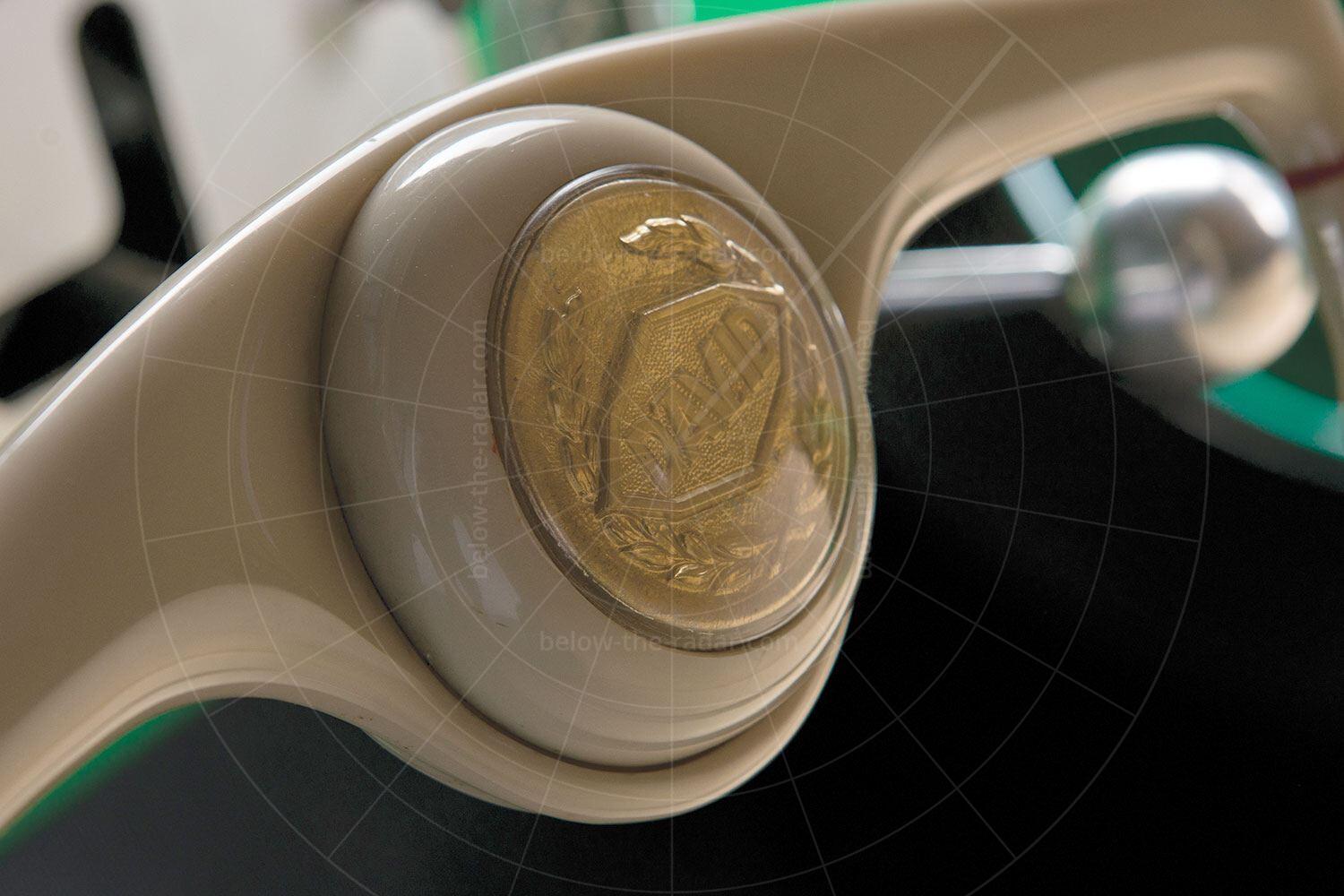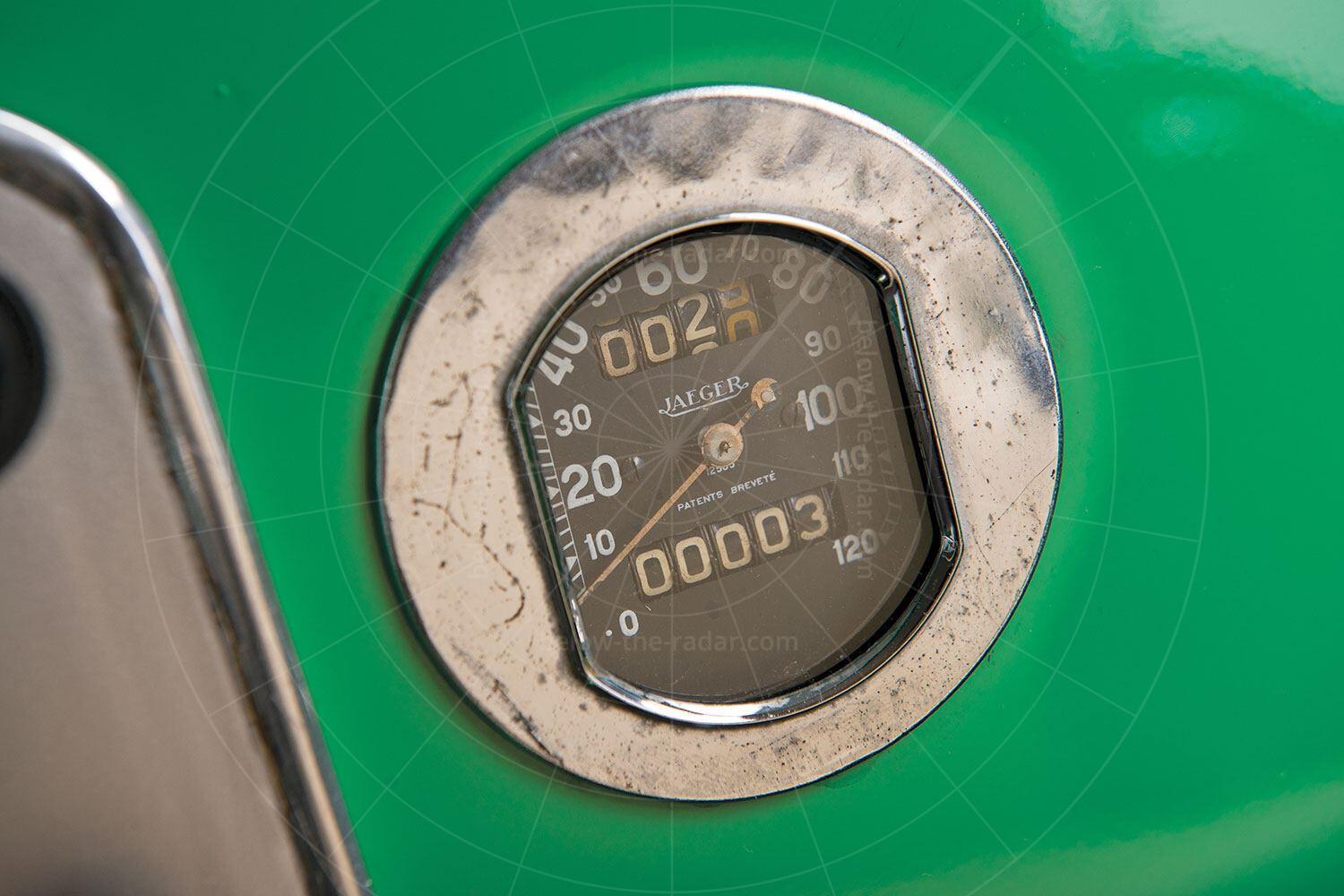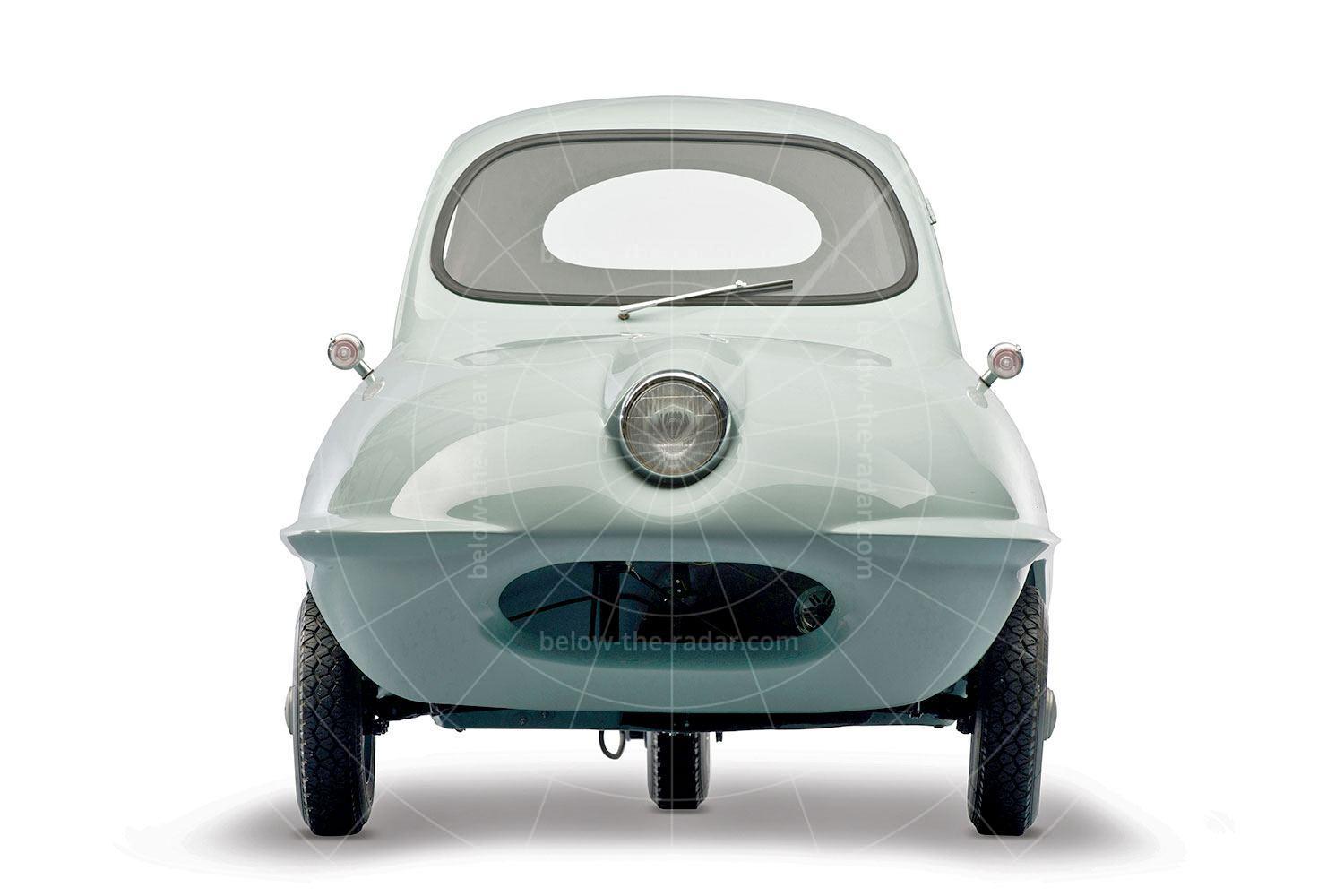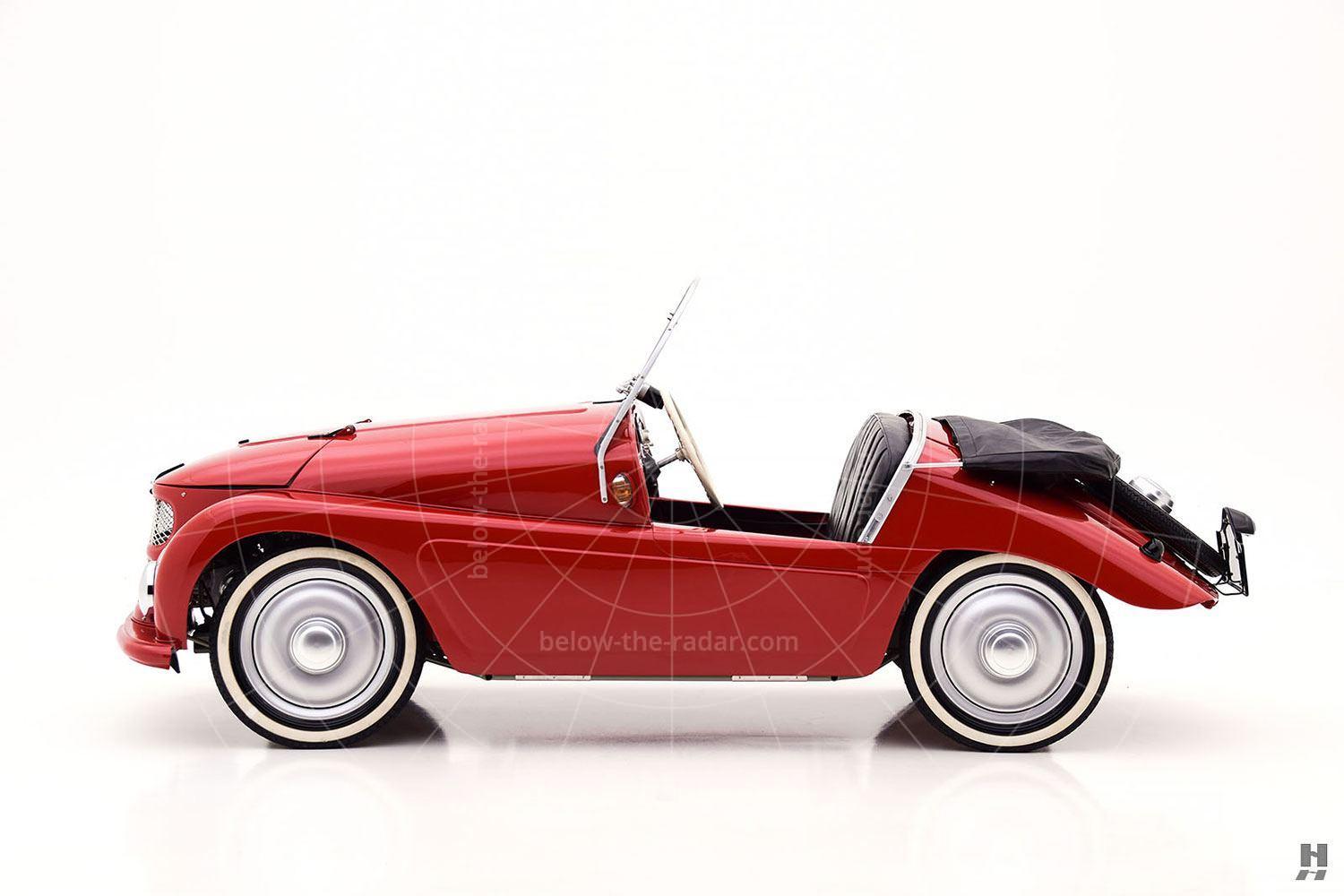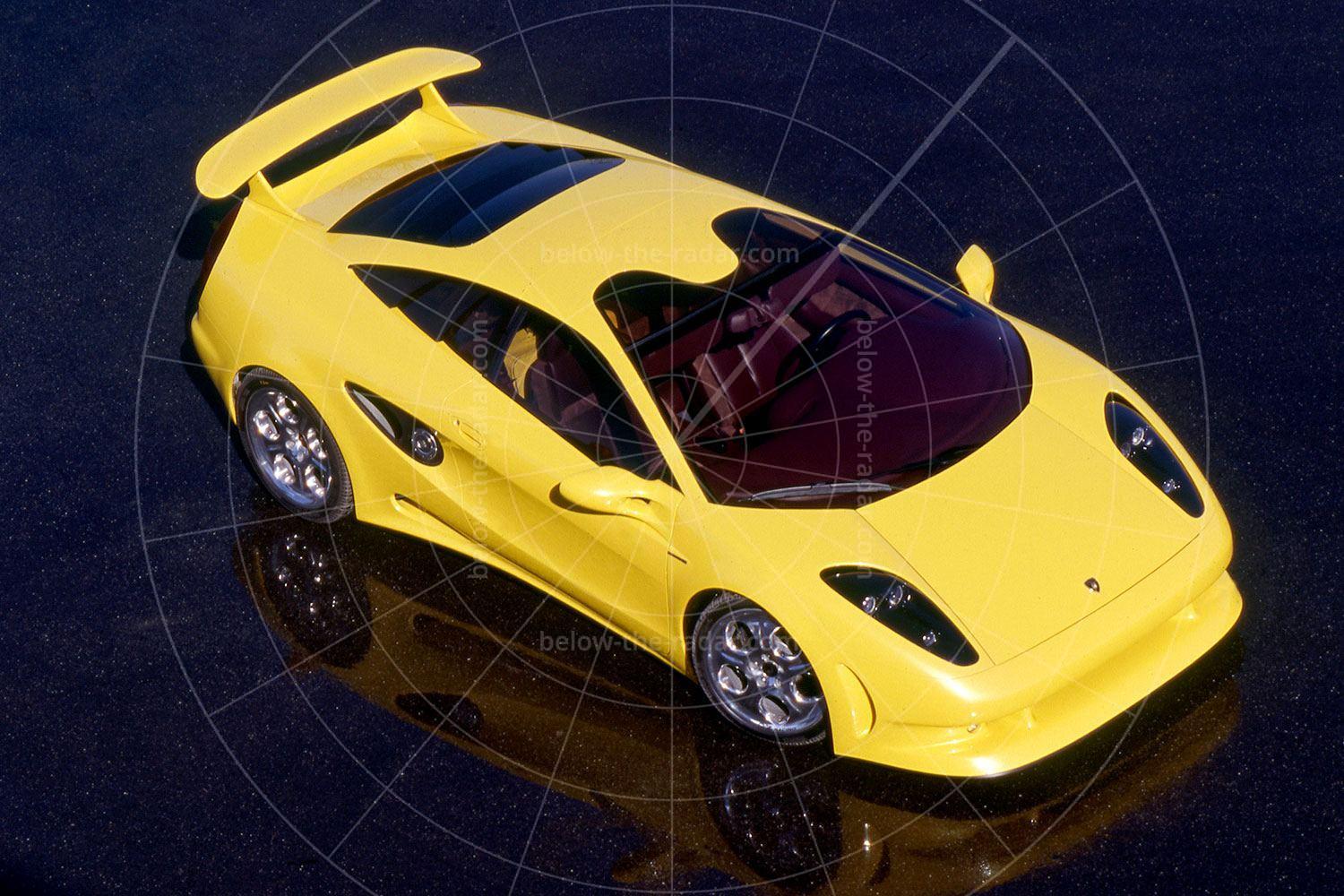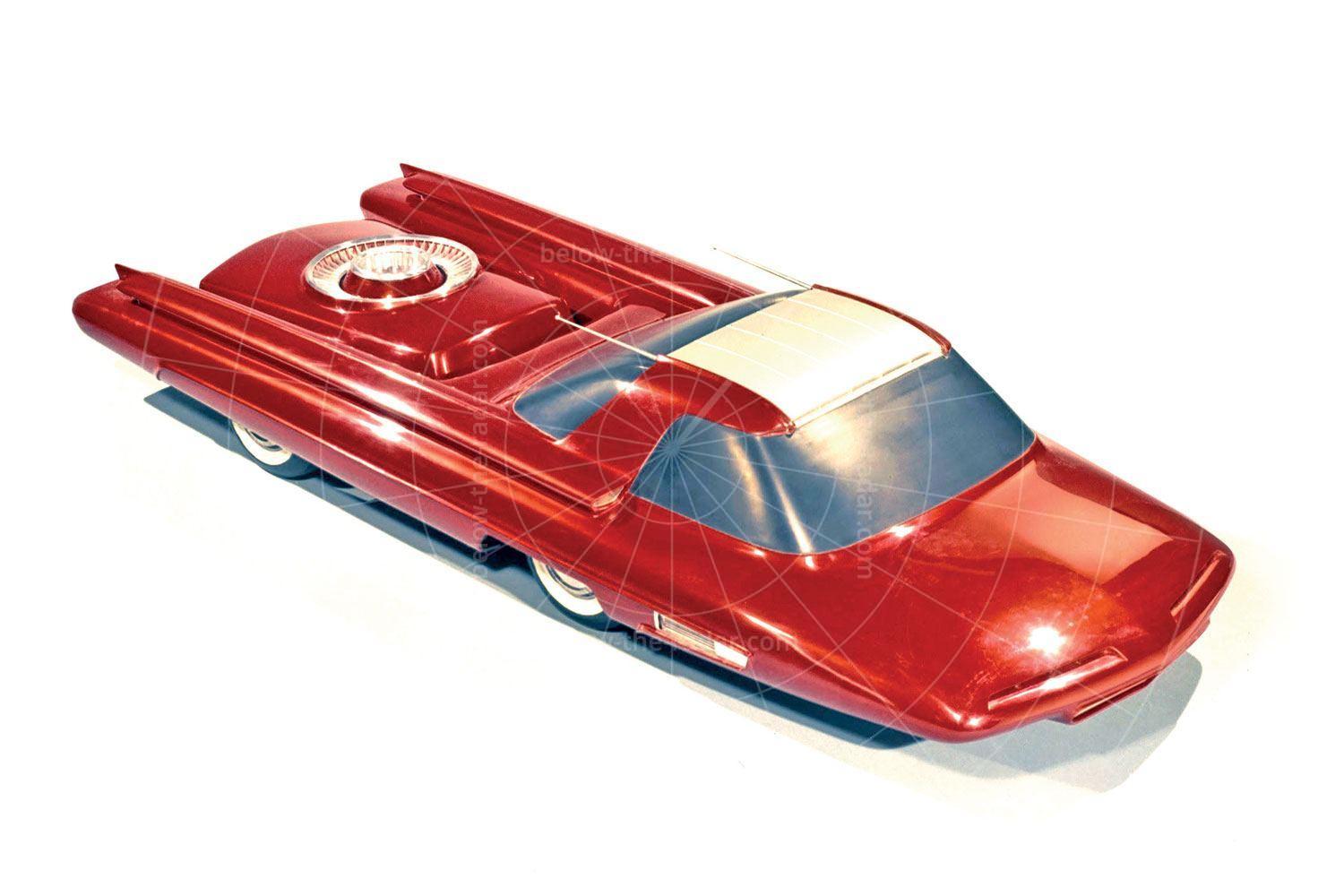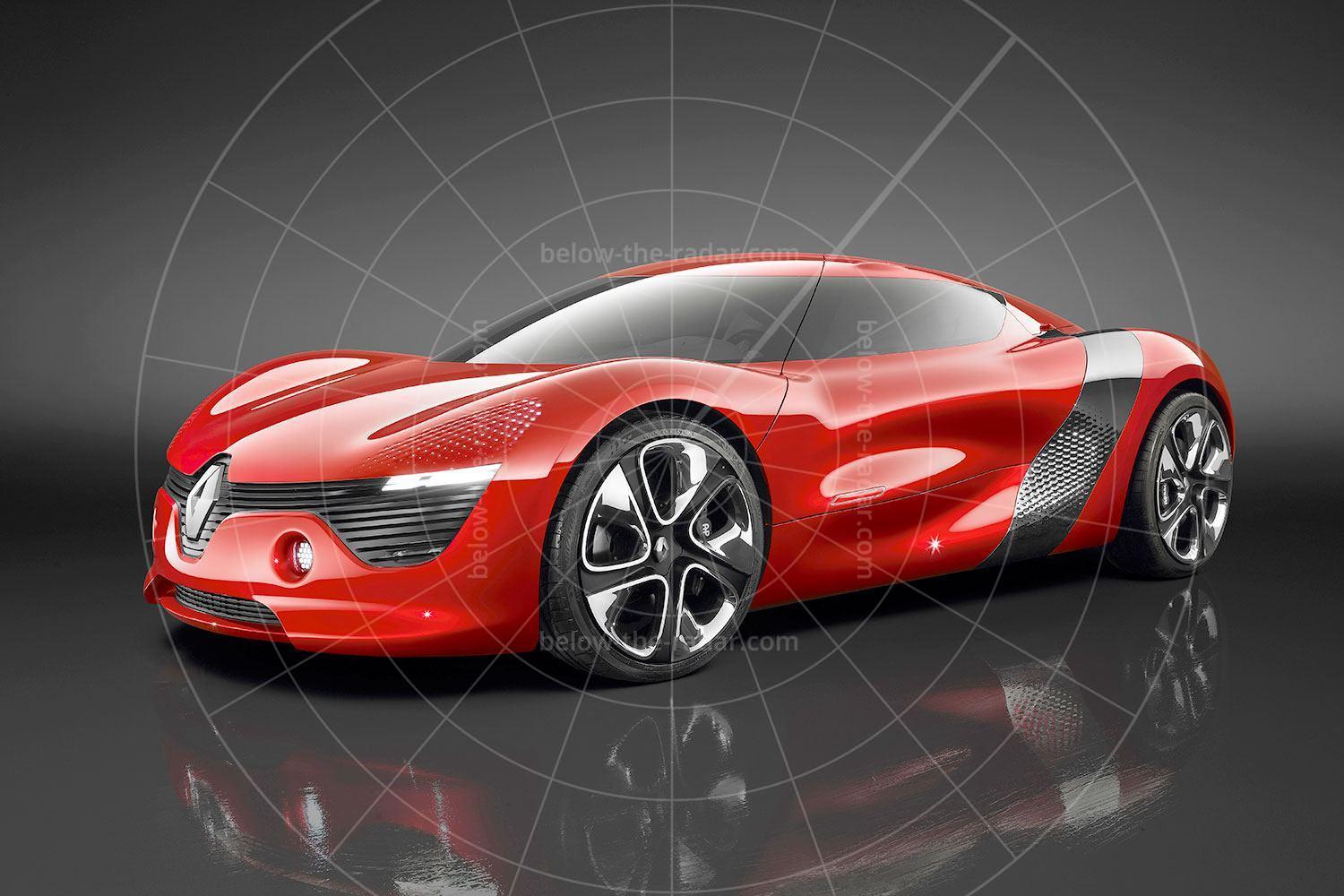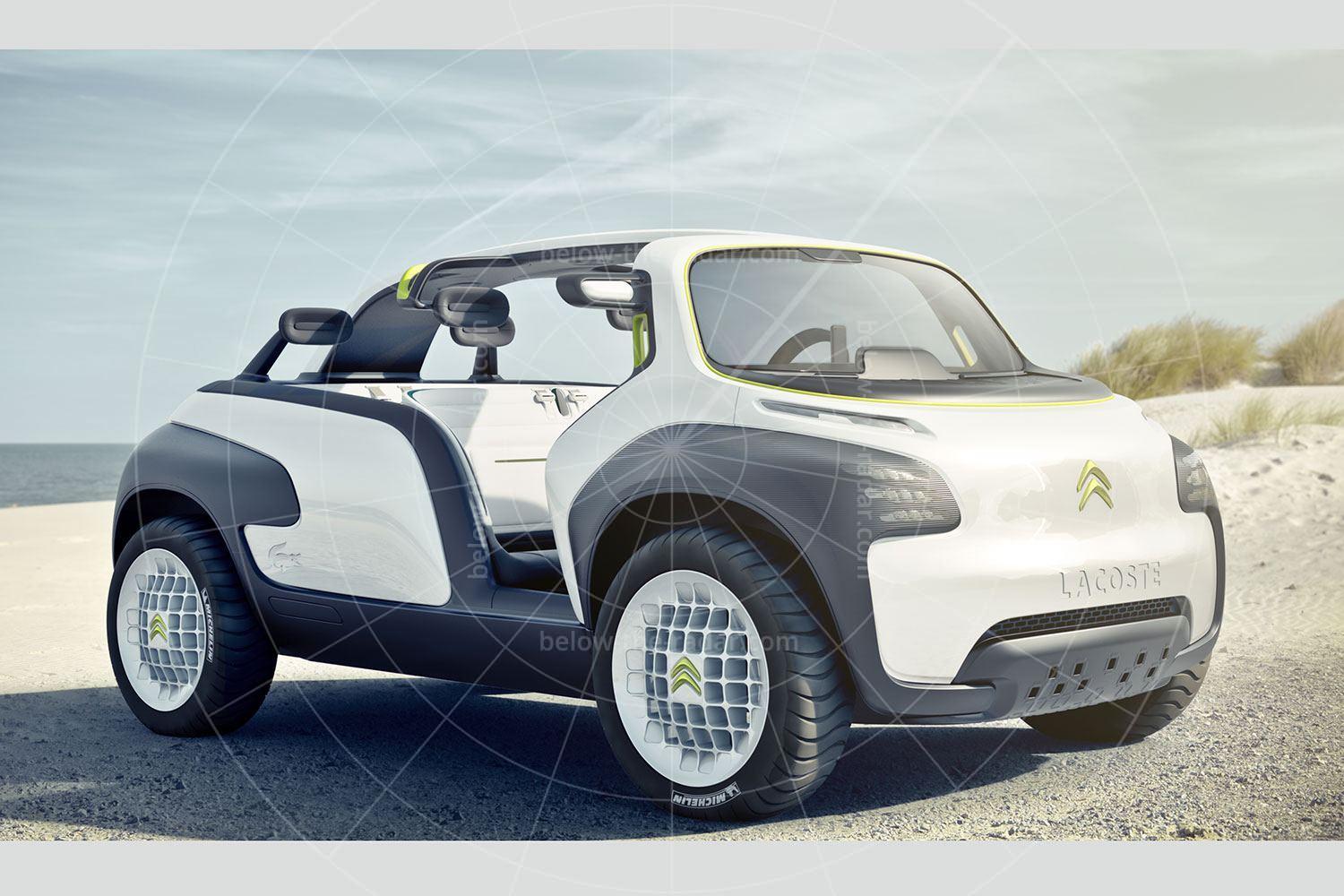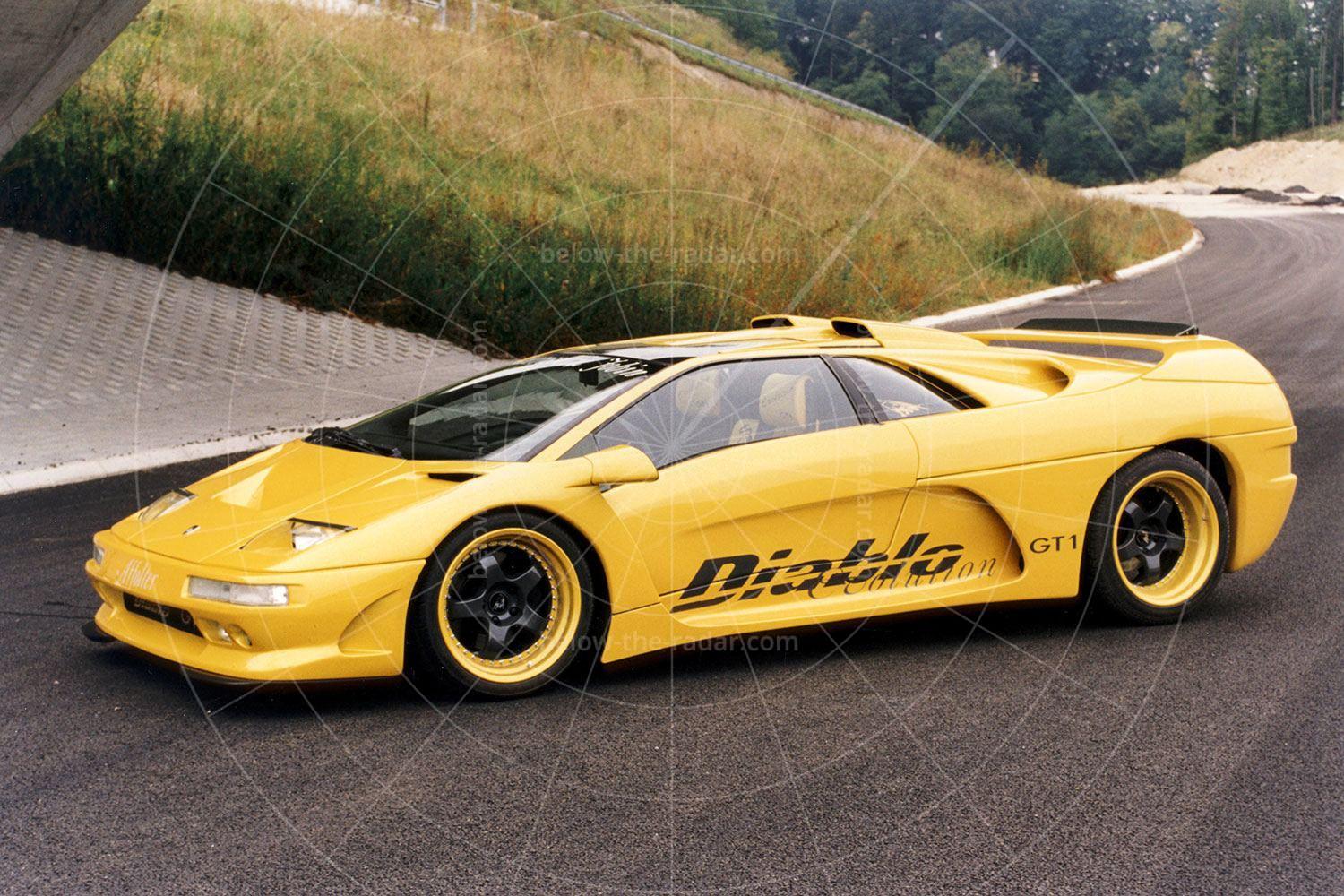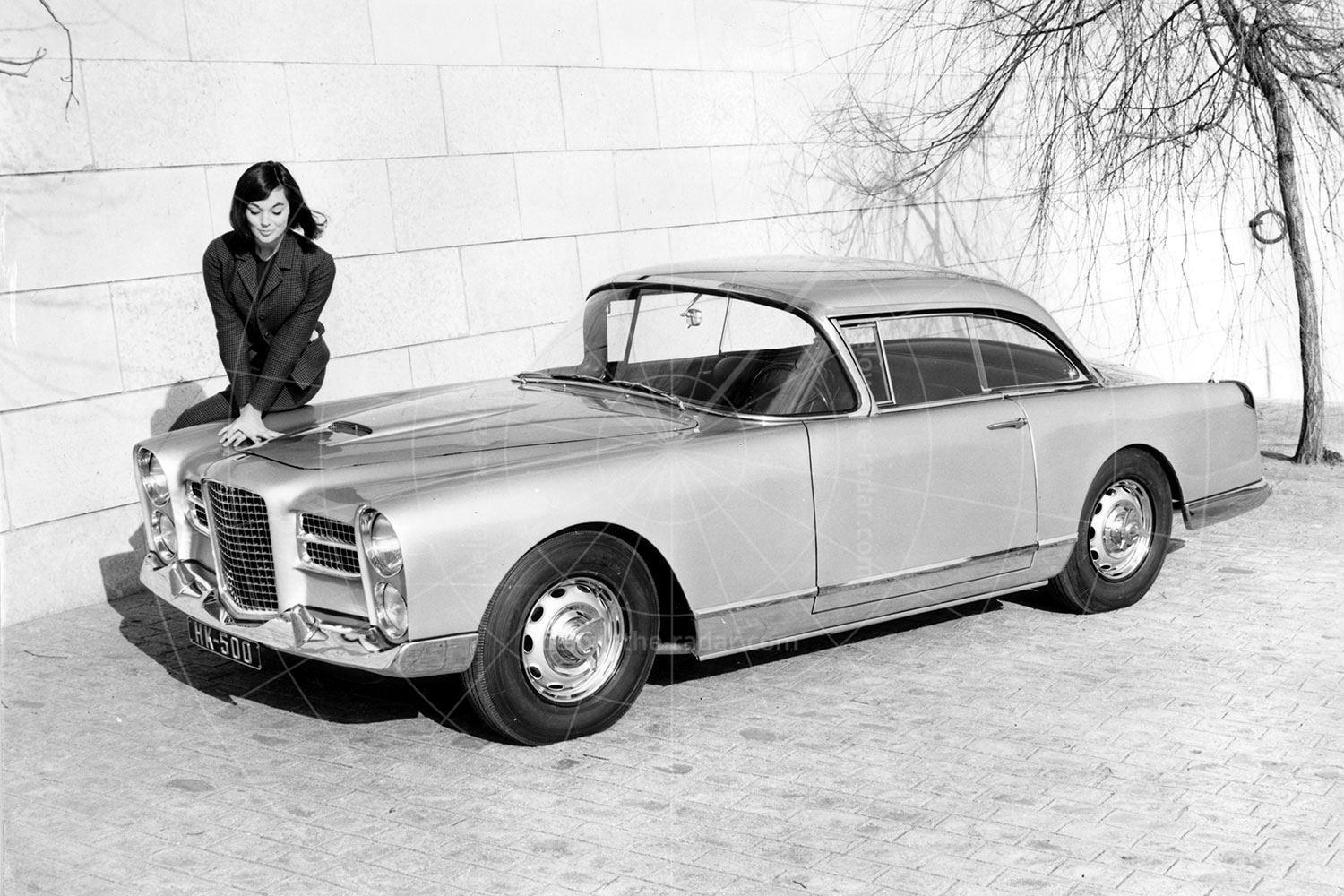David might not seem the most obvious name to give your car-manufacturing company, but perhaps upon reflection it's as good as any other. The origins of the David company lie in the field of bobsledding – which is surely a unique claim for any road-going car.
Soon after the turn of the 20th century, Don José Manuel de Armangué was building wheeled bobsleds for use in his hot, dry country. He began fitting JAP motors for the return trip up the hill. His cyclecars were very successful in the cyclecar boom years of the 1910s and 1920s, and he produced a wide range of lightweights with various four-cylinder engines, including an ingenious 16-speed transmission.
Taxi bodies were being fitted to some cars and, after the cyclecars were finished, and after the accidental death of its founder, the company sold Citroën 10hp landaulet taxis. During the Spanish Civil War, many Citroëns were converted by David to electric power due to gas shortages.
It was a changed world in 1950, and the reorganised company offered a range of small three-wheelers, which were advertised “not as a car with one less wheel, but as a motorcycle with one more wheel.”
The first body style had the rear wheels and separate wings outside of the body, with headlamps integrated into the nose, while the second series enclosed the wheels entirely, and the headlamps were situated independently on the front bumper. This was the most commonly seen version, and it was built as a trio of typically Spanish body styles, from open-sided runabouts (the Torpedo) to woody station wagons (the Rubia), to minitrucks (the Tricamioneta).
Truly an original blank-sheet-of-paper design, the David’s tube chassis supported trailing arms on coil springs at the rear. It featured a motor mounted behind, which turned with the front wheel, which was in turn suspended from the chassis on an amazing three-quarter elliptic leaf spring.
The gear lever, working through a huge H-slot in the dashboard, selected the gears via fingers running through the middle of the front kingpin. The large, Teutonic white steering wheel (from an Auto-Union supplier) turned a primitive, large-diameter, open crown-and-pinion via a Voisin-patented constant-velocity joint. Rear brake levers and cables were external, another eccentric touch.
The car was a success in Spain, and along with Biscuter, Kapi, and PTV, David SA was one of the four all-Spanish firms that made microcars in significant quantities, although the production total was still only 75 or so.
| Vital statistics | |
|---|---|
| Produced | 1954-1958, Spain |
| Number built | 75 approx |
| Engine | Front-mounted, 345cc, 1-cylinder |
| Transmission | 3-speed manual, front-wheel drive |
| Power | 10bhp |
| Top speed | 43mph |
- The car pictured was sold by RM Sotheby's in 2013 for $51,750. Many thanks to RM Sotheby's for the use of its pictures to illustrate this article.

